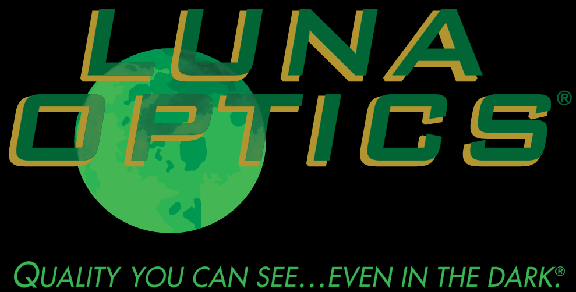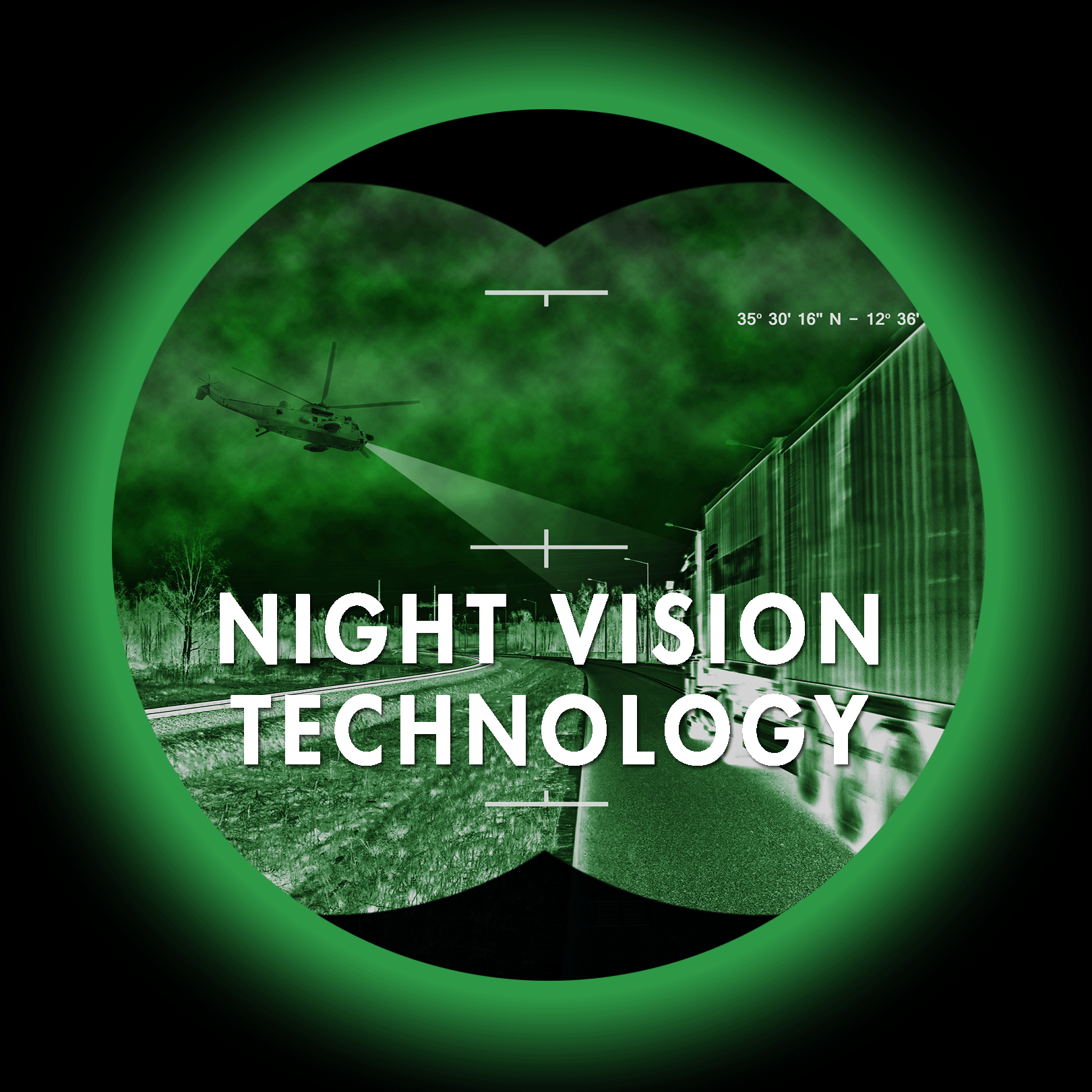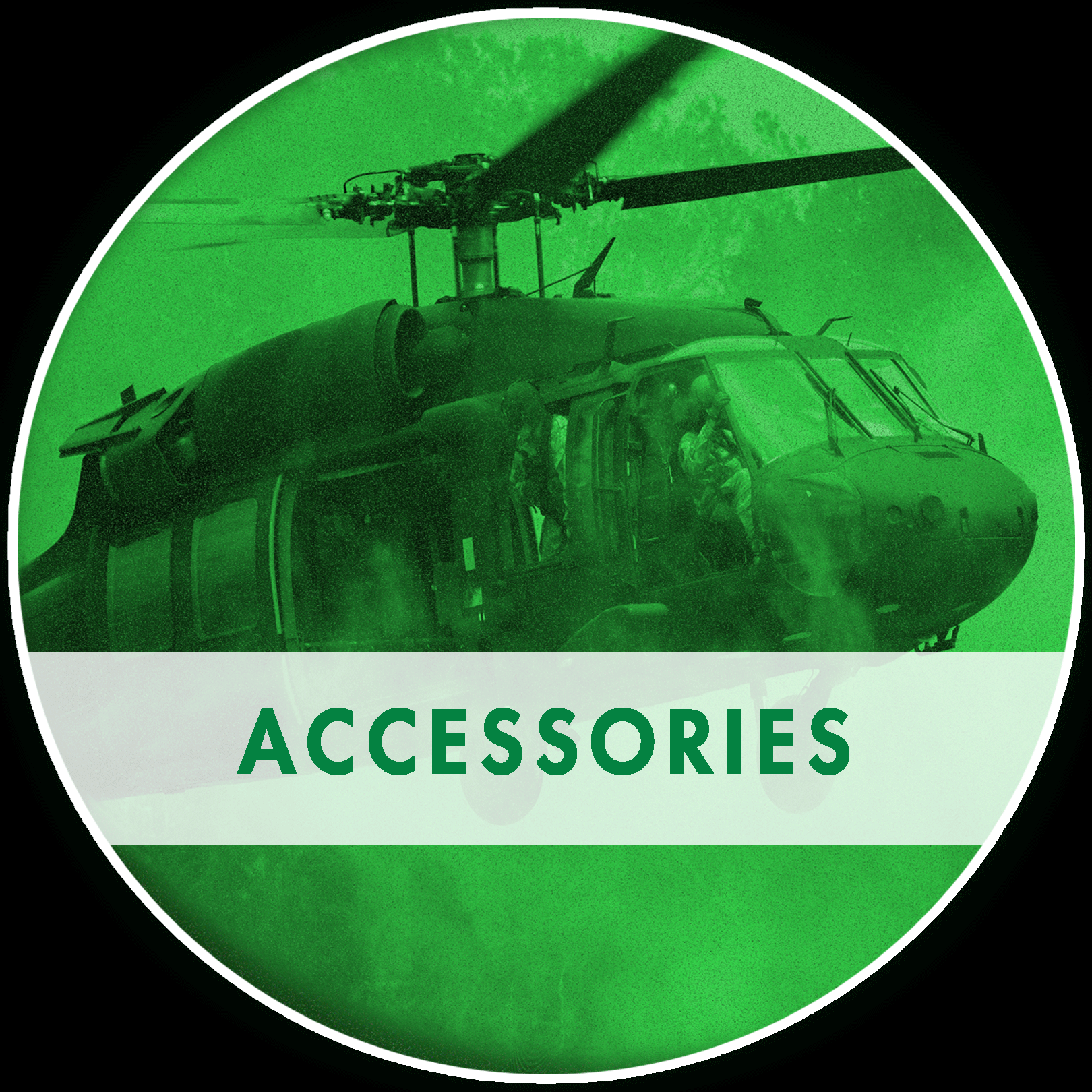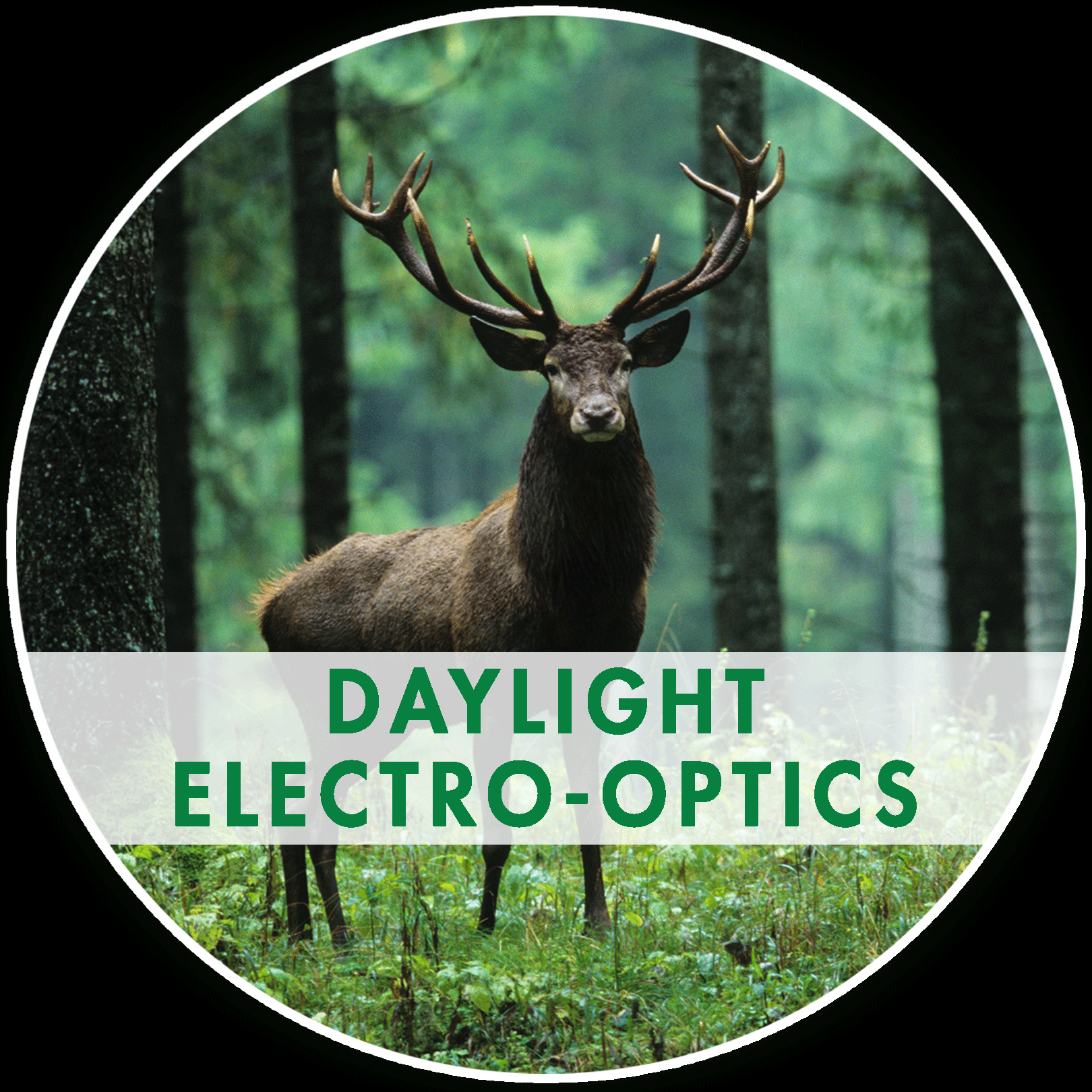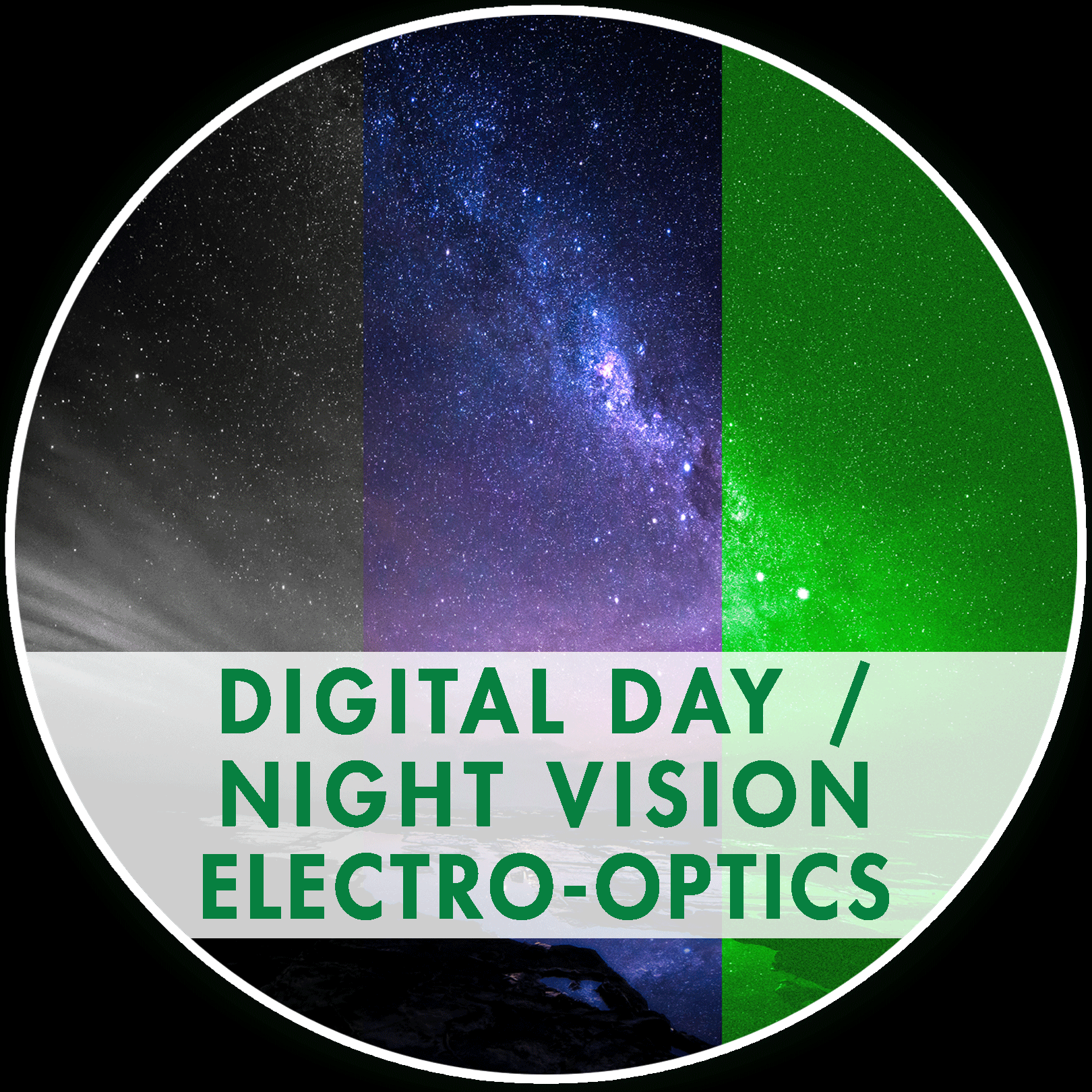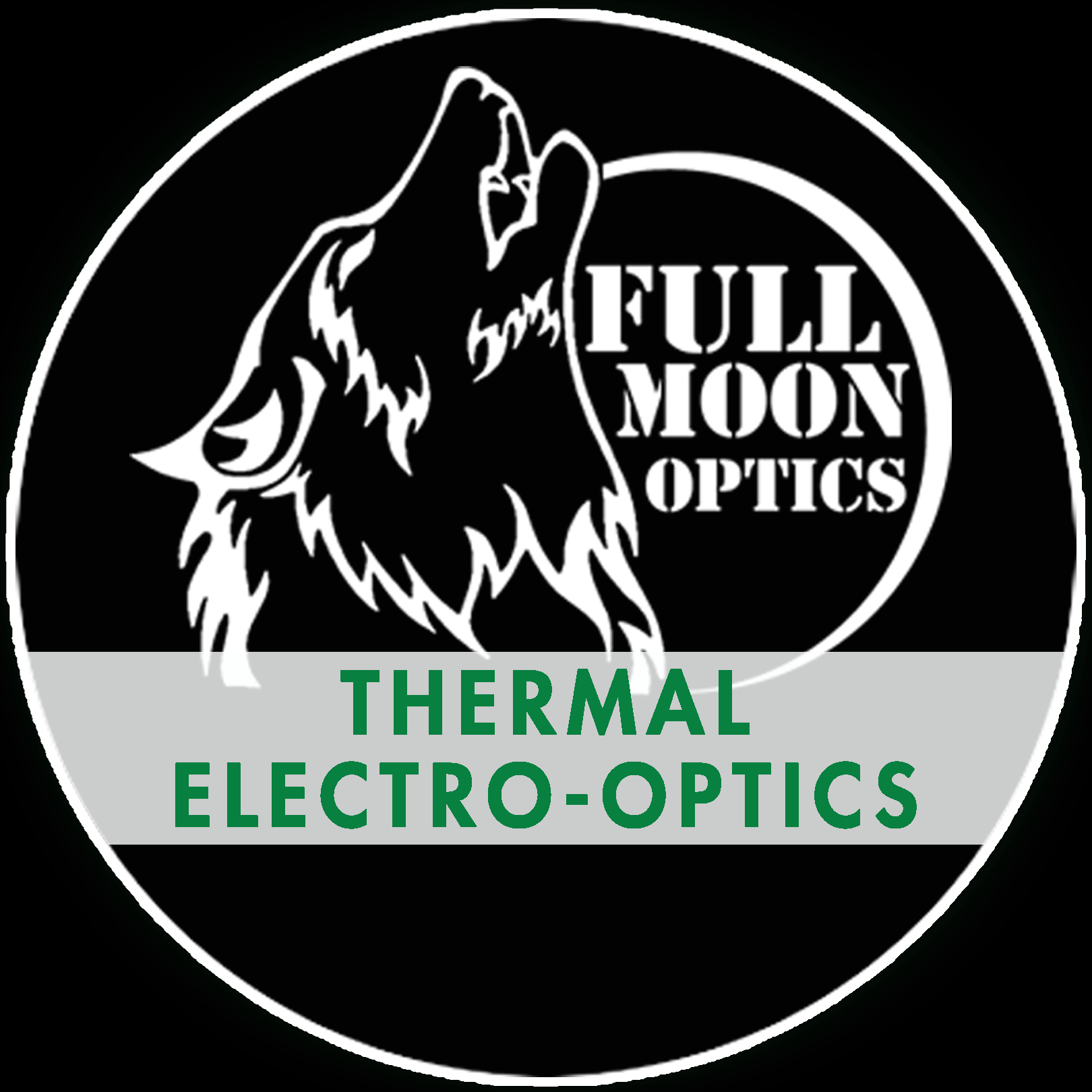| |
|
| |
LUNA OPTICS & THE LATEST NIGHT VISION TECHNOLOGIES
|
|
|
| |
DIGITAL DAY/NIGHT VISION TECHNOLOGY
Digital night vision devices employ either a CCD (Charge-Coupled Device) Sensor, or a CMOS (Complementary Metal-Oxide Semiconductor) Sensor, both of which perform the same job of converting the light into electrons. To put it in simple words, each sensor has an array of millions of tiny cells, and each individual cell transforms the light from a small portion of the image into electrons.
Every digital night vision device requires batteries or other power sources to operate. Unlike a daylight binocular or a scope, where you see the image due to light traveling through the glass and the prisms, the digital device works by projecting the image onto a micro-display. It therefore can affect the direct viewing experience. For example, the actual image sensor may be capable of Full-HD image resolution, but if the image is projected onto a VGA resolution display the direct-viewing experience will be limited to the VGA resolution. However, if the video recording function is activated, the recorded footage will have the native image sensor resolution during playback on an HDTV or a compatible monitor.
The main advantage of any digital day/night vision device compared to a daylight binocular, or a scope is that in addition to being useful during daytime, digital device can also operate in low-light and no-light conditions where seeing is virtually impossible with any traditional daylight optical device . |
|




|
|
| |
QUANTUM DIGITAL™ & QUANTUM ELITE™ / NEAR TOTAL DARKNESS TECHNOLOGY
2025 is the first year when anyone wishing to have a night vision binocular no longer needs to compromise between either the traditional "tube" devices, which are able to see well in very dark conditions, but cost thousands of dollars and lack convenient features like safe-use during daytime, ability to see in full color, record videos, take still images, connect to smartphones and so on, or other digital night vision devices, which have plethora of features, but severely lack in performance during dark conditions, instead relying heavily on the built-in infrared illuminators.
Our first entrant in this revolutionary technology is the binoculars.
Featuring the newest state-of-the-art image sensor and combined with our proprietary software, these binoculars have a 30% better performance in dark conditions compared to the G3 digital image sensors allowing to see brighter images during nighttime. The new for 2025 AMOLED image displays work in much lower temperatures compared with the previous products and will operate at -30C (-22F) ensuring uninterrupted performance even in the most challenging conditions. Integrated laser rangefinder distance is increased to 1000m (1100yds) and color enhancement filter is now internal and disengages automatically as soon as the IR illuminator is activated.
The next model is binocular adds a more powerful rangefinder good up to 1500m (1635yds).
And, finally, our most impressive flagship product is binoculars featuring groundbreaking image sensor with up to 75% better performance in dark conditions compared with the G3 digital technology! Featuring unique dual fully integrated IR illuminators (850nm for longer distances and 940nm for more covert operations) and operating on either 2pcs or 4pcs of long-lasting 18650 batteries, this device can work up to 8.5hrs on a single set of batteries and it can see things that your naked eye is not able to distinguish whether in daylight or at nighttime. |
|
|
| |
G3 DIGITAL DAY/NIGHT VISION TECHNOLOGY
Our Digital technology revolutionized the digital night vision market in 2020 when Luna Optics was the first company to employ sensors. As of January 1st, 2024, all Luna Optics digital day/night vision monoculars use the very latest sensors, providing better nighttime sensitivity while improving image resolution to true 2K quality. |
|
|
| |
OPTICS
Optical parts of every Night Vision device consist of the Objective Lens and the Ocular (Eyepiece) Lens.
The main demand for an Objective Lens is the high light transmittance in the visible and near Infrared light. It is expressed with the geometric light power from the line (f-number). Examples of the f-numbers are 1.0, 1.2, 1.5, 2.0 etc. The higher the F-number is, the less light is transmitted through the objective lens. Good light transmittance is very important for any night vision device, but especially for digital day/night products. Virtually all Luna Optics digital devices enjoy the best light transmission with f1.0 objective lens employed in all models. Our new flagship LN-QE-B50 binocular with Quantum Elite™ sensor goes even further to employ the f0.9 objective lens, which further increase the light transmission.
The Ocular is equally important for any night vision device, as it picks up the image from the display and brings it to the user's eye. All of the Luna Optics models feature all-glass ocular lens with multiple lens elements to transmit the highest possible image clarity to the user. |
|
|
| |
|
|
|
|
